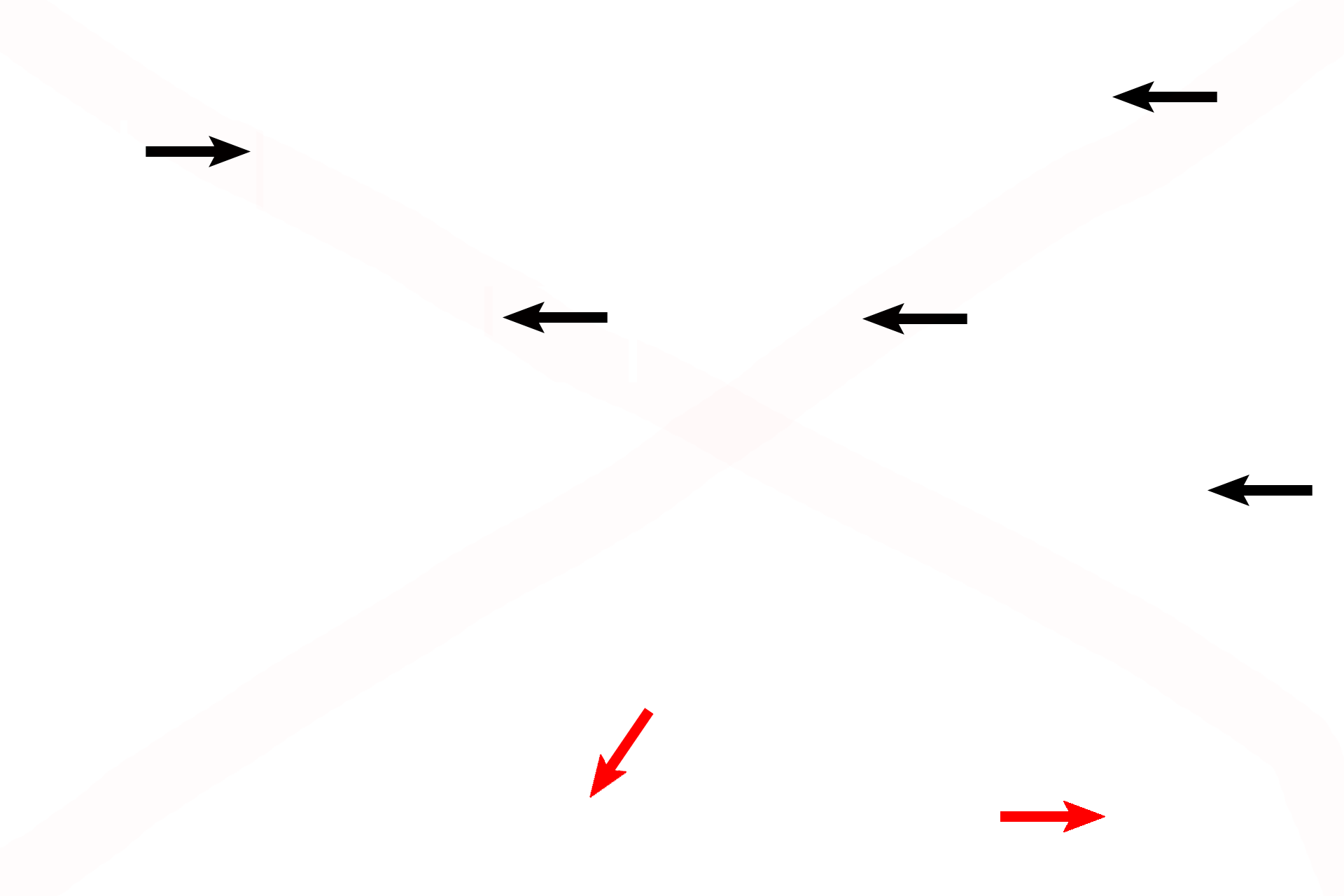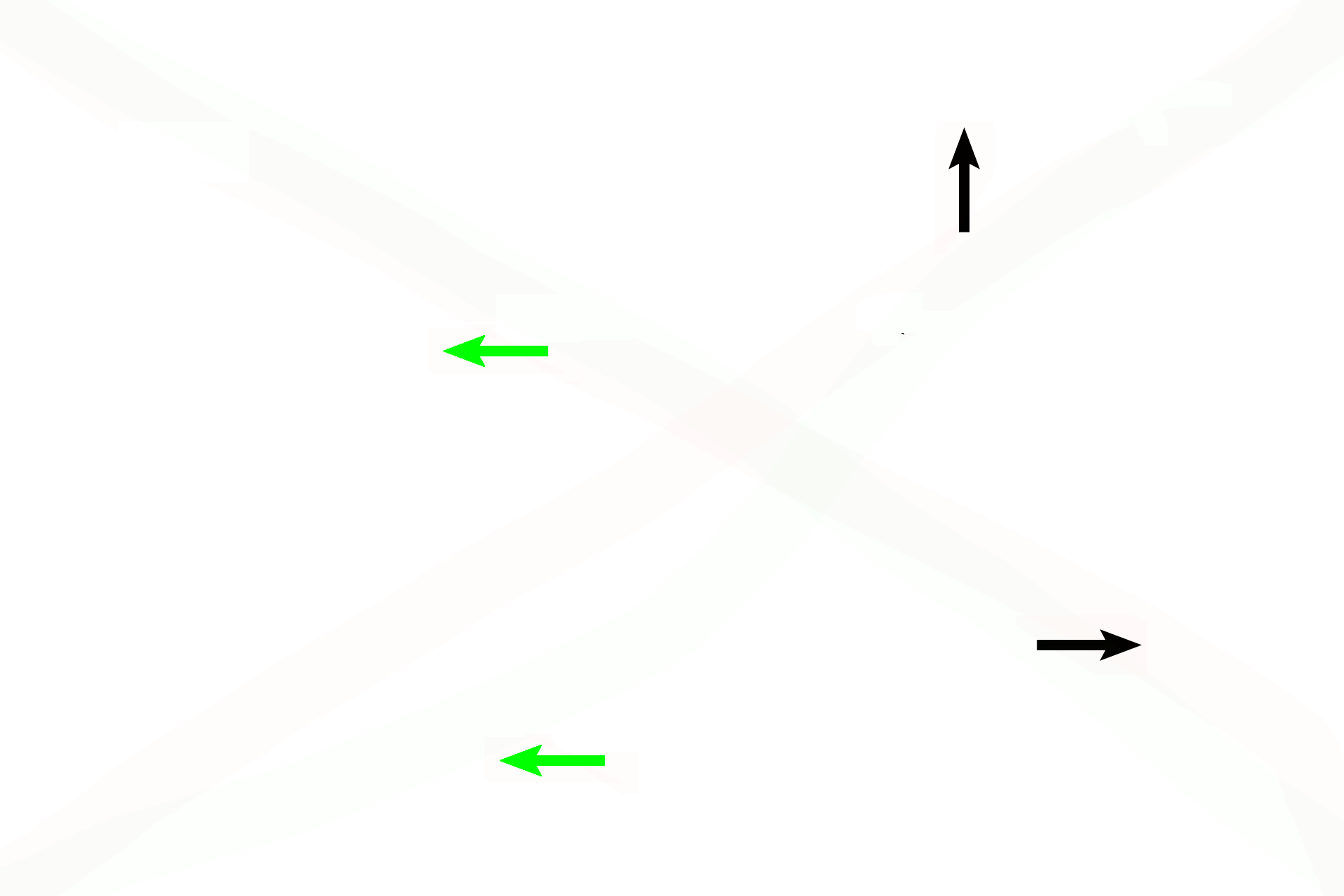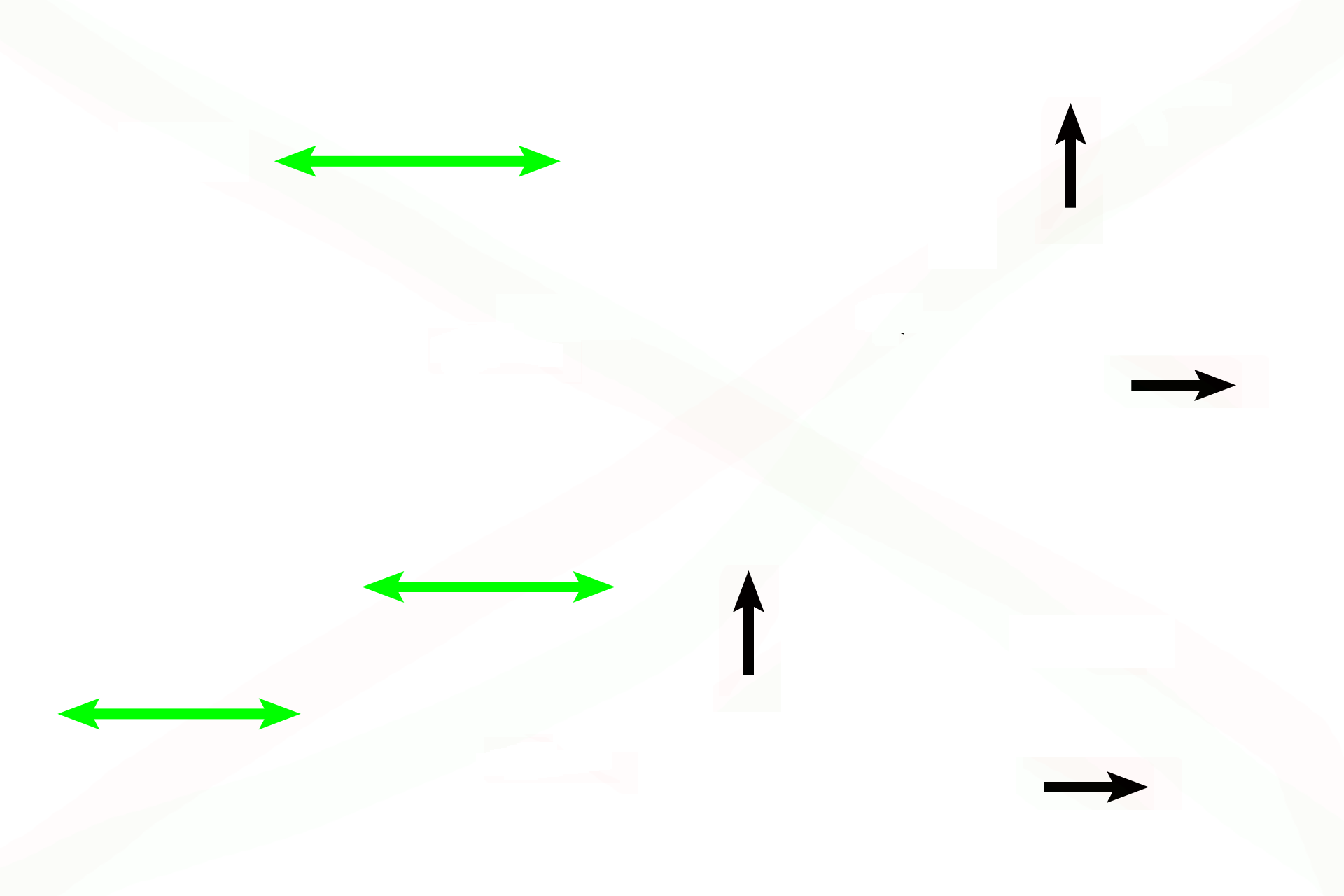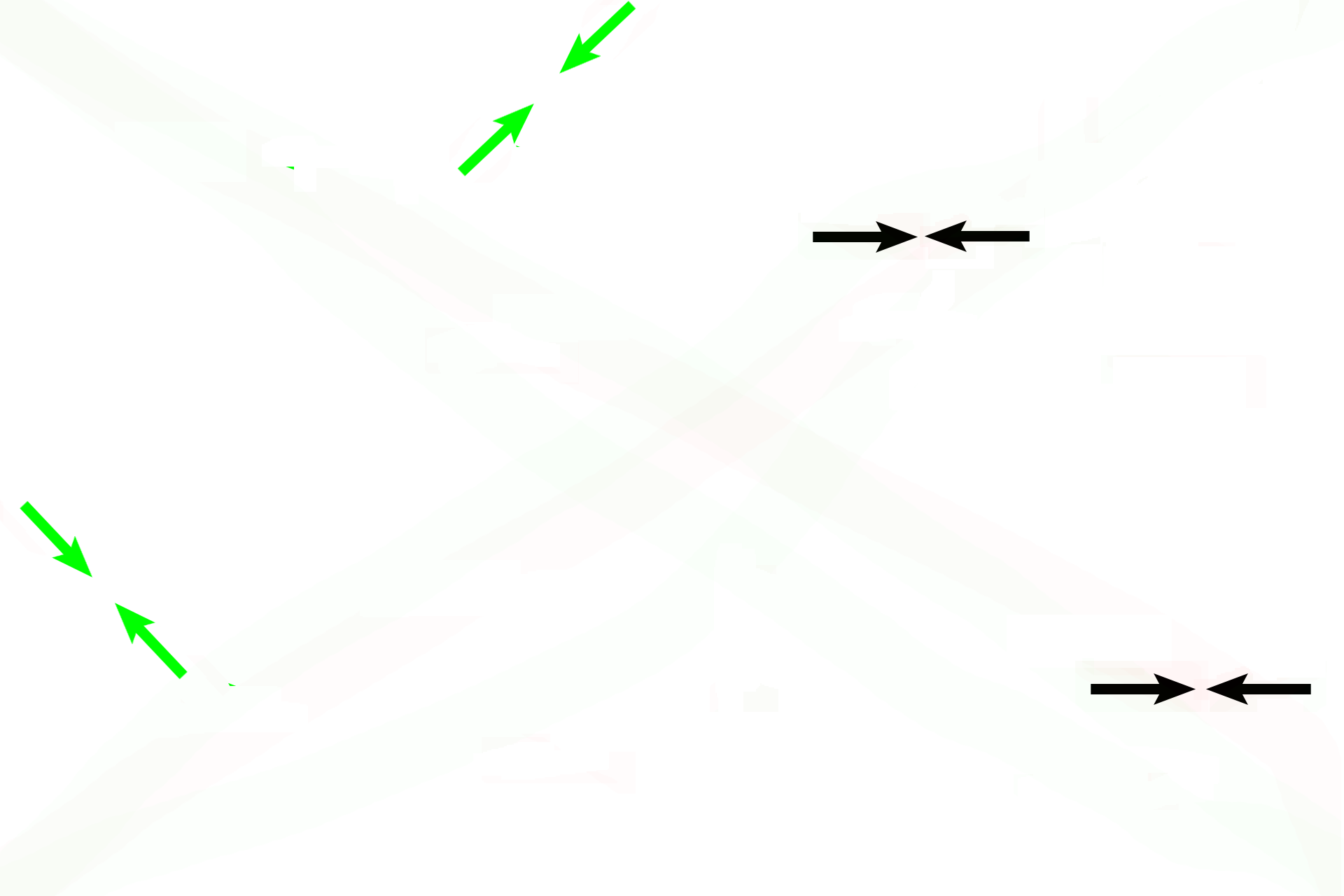
Interalveolar septum
At the level of the alveoli, where gas exchange occurs, the wall of the passage has been reduced to minimal layers and minimal thickness: a simple squamous epithelium resting on a thin connective tissue core that houses a vast capillary plexus. The thinness of the barrier separating incoming air from capillary blood facilitates gaseous exchange. 1000x

Alveolar lumens
At the level of the alveoli, where gas exchange occurs, the wall of the passage has been reduced to minimal layers and minimal thickness: a simple squamous epithelium resting on a thin connective tissue core that houses a vast capillary plexus. The thinness of the barrier separating incoming air from capillary blood facilitates gaseous exchange. 1000x

Interalveolar septa >
The walls of adjacent alveoli abut to form interalveolar septa. Each septum is lined by a simple squamous epithelium; connective tissue cells and fibers form the core of each septum. Numerous capillaries bulge from the septa into the lumen of each alveolus.

Simple squamous > epithelium
A simple squamous epithelium lines most of the alveolar surface. The cytoplasm of these cells is too thin to be identified with the light microscope, but flattened nuclei (red arrows) indicate the presence of this epithelium.

Connective tissue core >
The alveolar epithelium rests on a thin core of connective tissue consisting of elastic and reticular fibers and various connective tissue cells. An extensive capillary network is present here, which bulges into the alveolar lumens.

Capillaries
The alveolar epithelium rests on a thin core of connective tissue consisting of elastic and reticular fibers and various connective tissue cells. An extensive capillary network is present here, which bulges into the alveolar lumens.

Endothelium >
Each capillary is lined by a simple squamous epithelium, the endothelium. Although the cytoplasm of these cells is difficult to distinguish with the light microscope, the nuclei of at least two endothelial cells are obvious.

Air-blood barrier >
The barrier through which oxygen and carbon dioxide must be transported, therefore, consists of the simple squamous epithelium lining the alveolus, the simple squamous epithelium lining the capillary, and the fused basal laminae from each epithelium.

Surfactant >
Each alveolus is coated by a thin fluid layer, surfactant, that reduces surface tension in the alveolus, thus aiding inspiration.
 PREVIOUS
PREVIOUS